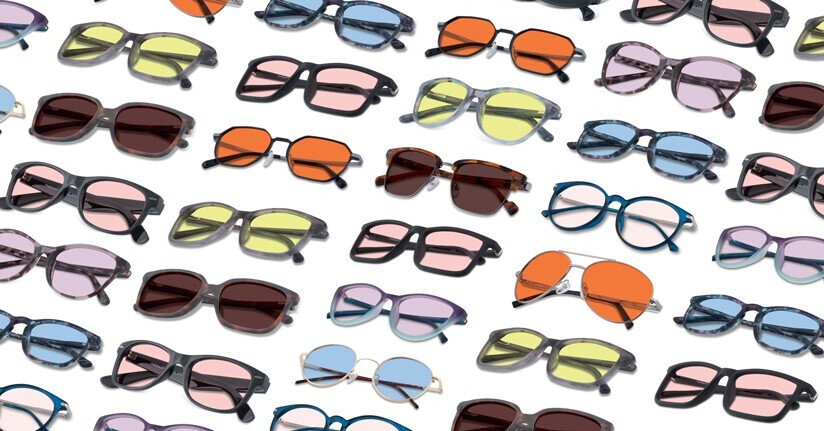Medications for Children and Teenagers With Migraine
Five out of six kids with migraine are receiving inadequate treatment (or no treatment at all!), according to a study by Dr. Robert Nicholson, PhD. In a study of the medical records of 40,000 kids and teenagers, nearly half (46%) of kids and teenagers were not prescribed ANY medication when they saw a doctor for migraine.
Of those who did were prescribed or recommended a medication, only 16.1% learned one that is considered effective for migraine. Almost as many, 15.8%, were prescribed an opioid (narcotic painkiller), even though guidelines say to avoid prescribing opioids for migraine. Teenagers 15 to 17 years in age were given opioids at an even higher rate.
Researchers found that doctors in non-metropolitan areas were more likely to follow evidence-based guidelines than in metropolitan areas. They also discovered that emergency room doctors were twice as likely to prescribe an opioid painkiller as primary care providers.
These alarming findings indicate serious deficiencies in the way migraine is treated in children and teenagers. No one should have to endure a migraine without medication and, even if parents do not want their child to take medication, they should make that decision with complete information about treatment options. When medication is offered, the first choice should not be opioids, which are not the most effective treatment for most people with migraine and can increase the frequency and severity of attacks, potentially leading to chronicity.
If you suspect that your child has migraine, please familiarize yourself with treatments recommended by experts. Some excellent guides include:
- Migraine Fact Sheets: Parents/Carers of Young Sufferers Guide, The Migraine Trust
- Headaches in Children, The Mayo Clinic
- Spotlight on Migraine in Children, The American Migraine Foundation
- Treatment of Migraine Headache in Children and Adolescents (PDF), American Academy of Neurology.
The last link is a good overview, but new medications have been approved for the use in children and teens since it was published so make sure to ask your doctor about newer medications, too.
Reference:
Nicholson, R. Assessing adherence to guidelines for the acute treatment of pediatric migraine. Migraine Research Foundation grant reports. February 2015. Retrieved Feb. 10, 2015 from http://migraineresearchfoundation.org/completed-research.html

TheraSpecs® Glasses for Light Sensitivity
Find the glasses that fit your needs and lifestyle, and stay protected from screens, fluorescents, unwanted blue light, sunlight, flashing lights, and more.
Shop Now


